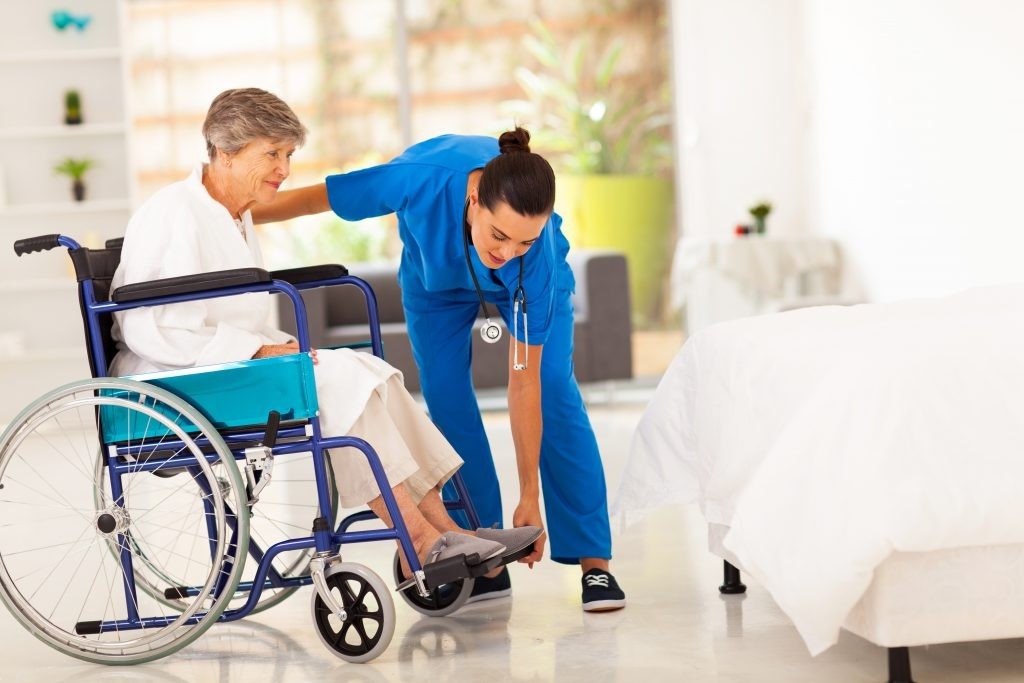
Residential Assisted Living – What You Need to Know
In Baltimore there are 3 types of assisted living and memory care facilities: continuous care retirement communities (12 of them), assisted living communities (40), and residential assisted living (613 RALs). In this blog, we will explain the details of residential assisted living.
As of early 2021, there are 613 licensed residential assisted living facilities with beds ranging from 3 to 18 in each of the communities. Typically, these residential communities are houses in neighborhoods in Baltimore county and Baltimore city. To be licensed as a RAL you must follow the Code of Maryland Regulations (COMAR) http://www.dsd.state.md.us/COMAR/searchall.aspx. The code provides detailed regulations for procedural, safety and health protocols within the living space, its programs, and staff.
Read about RAL specific regulations in the blog post The Code of Maryland Regulations as applied to Residential Assisted Living Facilities.
We often get asked to describe a residential assisted living (RAL), what is it, how does it work, what differentiates a RAL from other types of living communities?
RALs are houses of all different sizes that may have private and semi-private rooms. They typically have a shared living room, kitchen and shared bathrooms. Some bathrooms are large enough for wheelchair access, others are not. They may have one floor or multiple floors with or without a stair lift. Many have steps into the house that may or may not have a ramp. RALs all have 24/7 caregivers with caregivers that are licensed to give medication. The facility must have a delegating RN that assesses every new resident and will assess residents every 45 days or earlier with any change in resident condition.
Typically, RALs may have better caregiver-to-resident ratios compared to ratios at larger assisted living communities. Due to the small size of the RAL, the residents feel like they are at home. The residents receive individual care. Due to the close-knit nature, it is more likely for caregivers to know when a resident they provide care for is not acting themselves and will therefore identify early signs of illness or declining dementia.
Each RAL through their uniform disclosure statement will tell the state what kinds of residents they are comfortable caring for. Can they take care of urostomies, colostomies, internal catheters, sliding scale, Feeding tubes, 2 person lifts and wheelchair bound individuals, and other specific medical needs that a resident might have?
Some RALs will provide activities such as music and art while others will take their residents to a senior center for activities. Some RALs have transportation and others do not. CarePatrol knows the care capabilities of the majority of the RALs in our region. This helps us guide families to the best options for their loved one and saves a tremendous amount of time and energy.
The biggest difference between a RAL and the other types of facilities? The cost. Fees are typically less in an RAL. On average, in a large, rental assisted living, the cost is $5,000 a month or more. In residential assisted living, depending upon the care needs of the residents, a Baltimore City fee can start at $1,500 a month and in Baltimore County $2,500 a month. With the family home-like feel, the individualized attention and the cost savings attached to RALs, this becomes a strong choice for families looking for the right place for their loved ones. With over 600 in our region, it is good to have a resource like CarePatrol to help navigate the many nuances within each facility. With our deep intake process and clinical understanding of the needs and goals of the family, we can narrow the search to a manageable list of top recommendations.
Reach out today for a no-cost consultation.